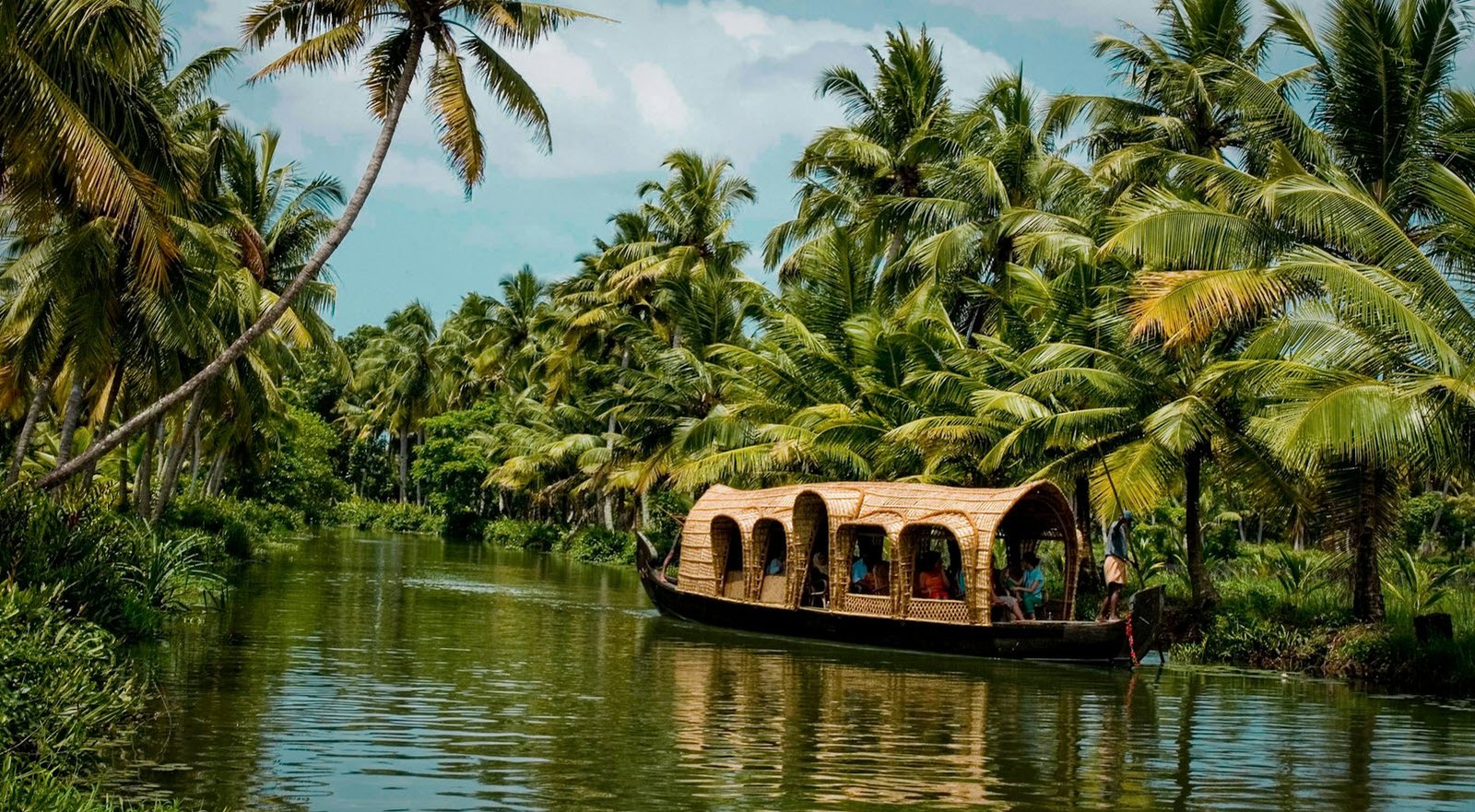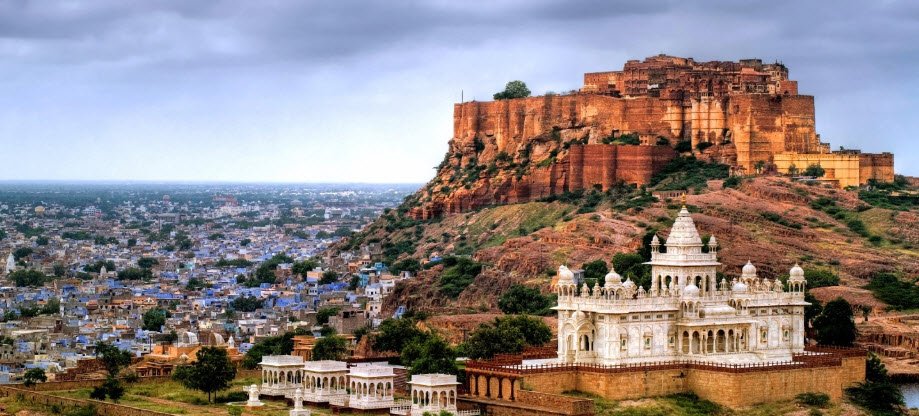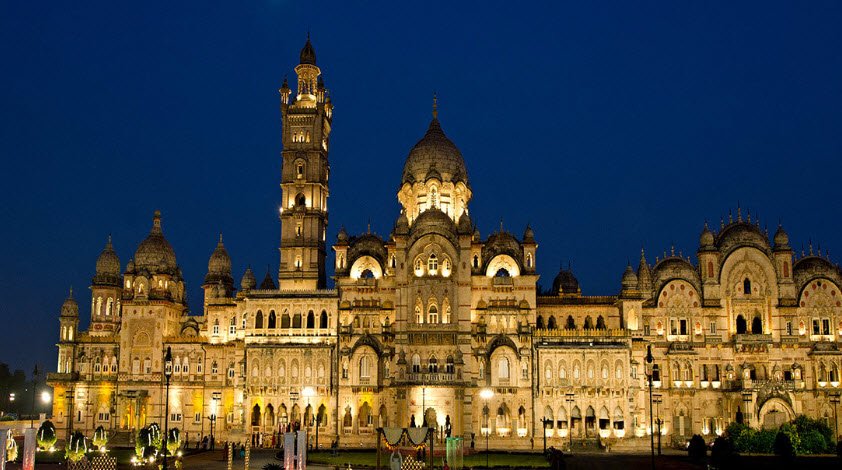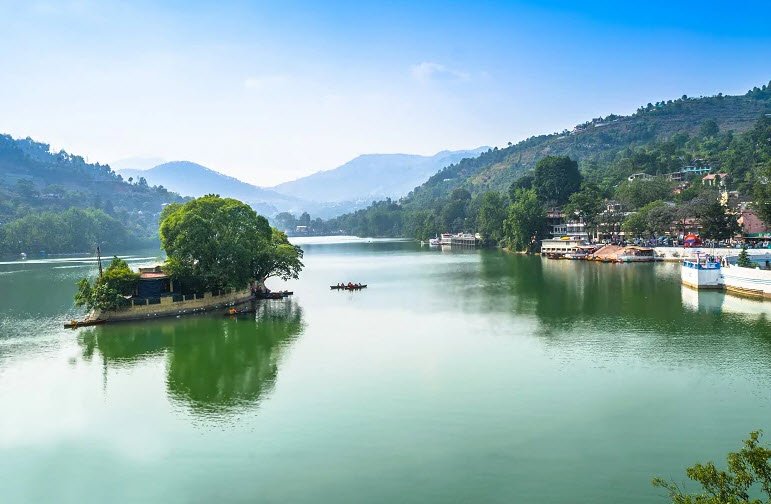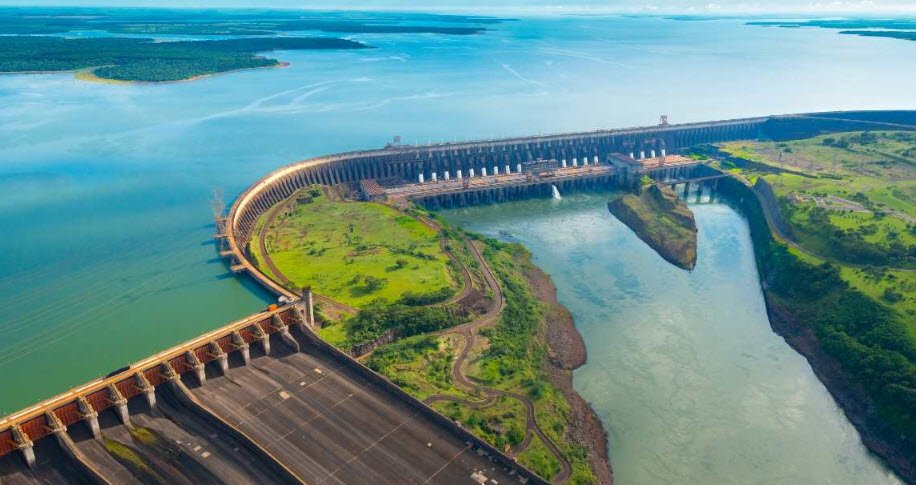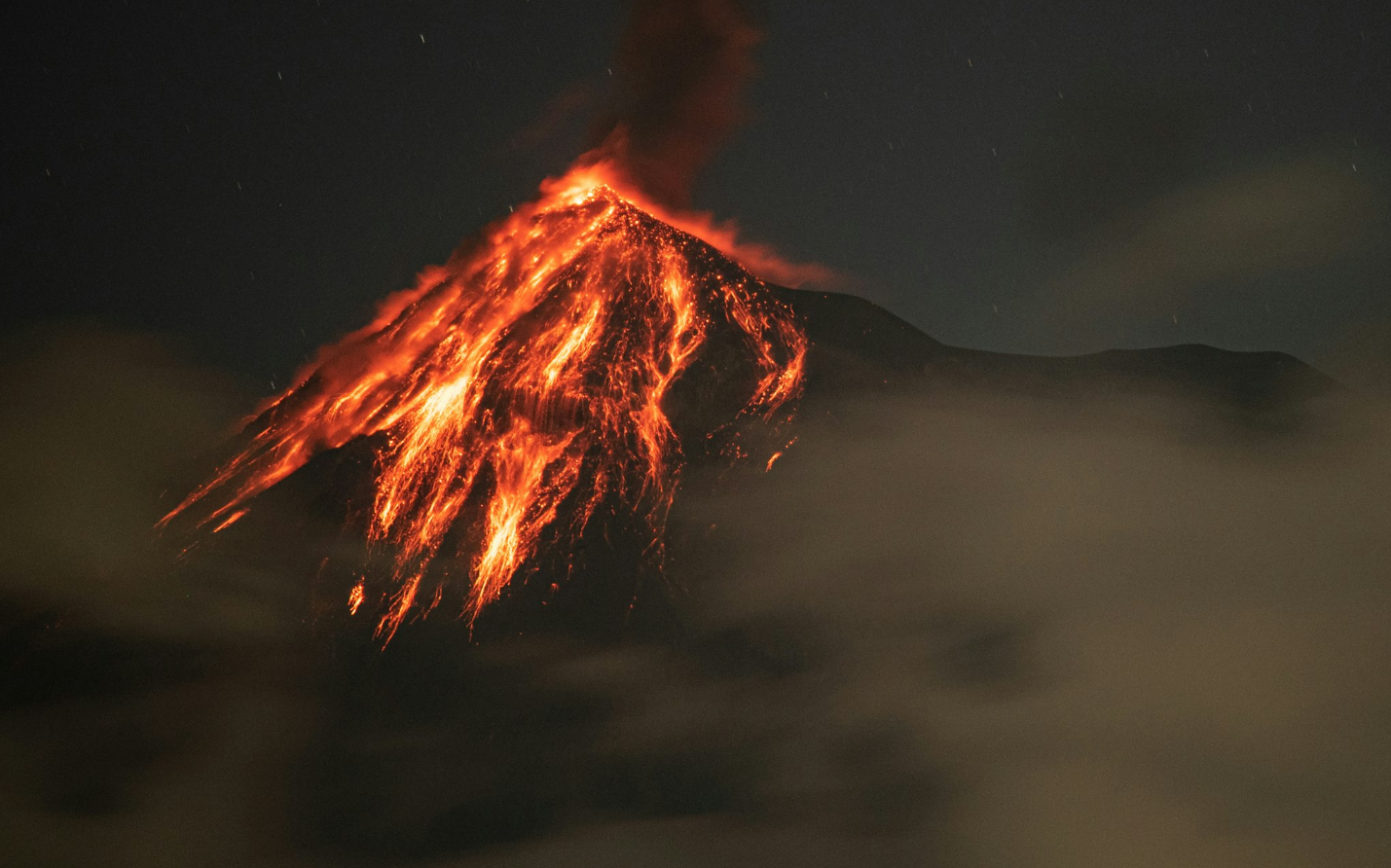
7 Best Volcano & Lava Caves to Explore in India
7 Best Volcano & Lava Caves to Explore in India
India, with its diverse landscapes, has some fascinating geological wonders, including volcanoes and lava caves. While India is not typically known for volcanic activity, a few unique spots exist where travelers can witness ancient volcanic formations and explore mysterious lava caves. In this article, we will take a journey to some of the best volcanoes and lava caves to explore in India.
1. Barren Island Volcano, Andaman and Nicobar Islands
India's Only Active Volcano
Barren Island, located in the Andaman Sea, is home to India’s only active volcano. This volcanic island is part of a chain of volcanoes stretching from Sumatra to Myanmar. The volcano has erupted multiple times, with the most recent eruption recorded in 2017.
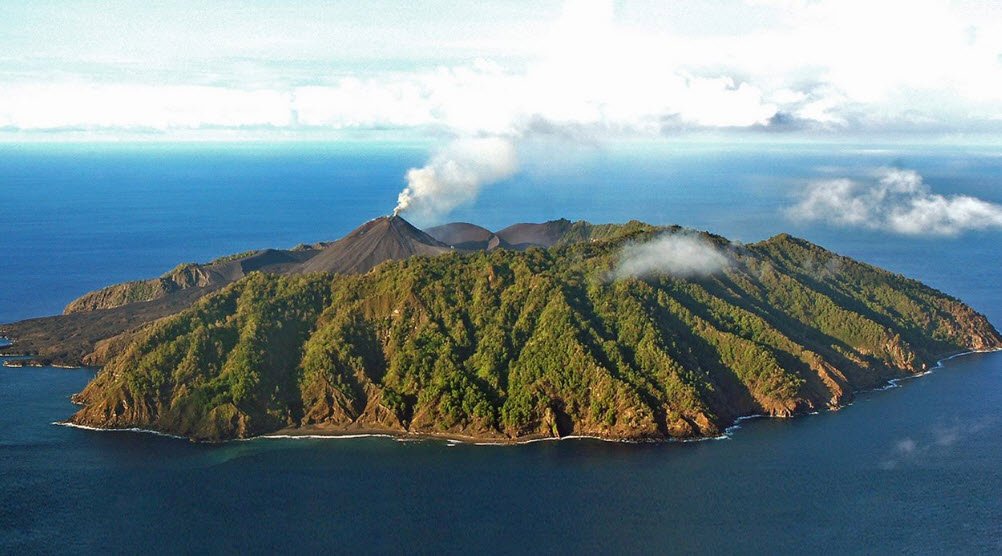
How to Visit
- Barren Island is uninhabited, and visitors are not allowed to step on the island.
- You can explore it through boat tours that offer breathtaking views of the island and its smoking crater.
- Scuba diving trips around the island provide a chance to see marine life thriving in the volcanic waters.
What to Expect
- Dramatic views of blackened landscapes and smoke rising from the crater.
- Beautiful coral reefs and marine biodiversity.
- A thrilling experience for adventure seekers and nature lovers.
2. Narcondam Volcano, Andaman and Nicobar Islands
Dormant Volcano with Unique Wildlife
Narcondam is a dormant volcano located in the Andaman and Nicobar Islands. Unlike Barren Island, this volcano has been inactive for thousands of years. It is covered with lush green forests and is home to the rare Narcondam Hornbill, a bird species found only on this island.

How to Visit
- The island is remote and not easily accessible.
- Special permissions are required to visit.
- Some organized boat trips offer glimpses of the island from a distance.
What to Expect
- A pristine, untouched island with dense forests.
- The possibility of spotting the Narcondam Hornbill.
- A secluded and serene environment away from human civilization.
3. Lonar Crater, Maharashtra
A Meteoric Wonder with Volcanic Influence
Although not a volcanic crater, Lonar Crater in Maharashtra was formed by a meteorite impact around 50,000 years ago. However, the basaltic rock surrounding it is of volcanic origin, making it an interesting destination for geology enthusiasts.

How to Visit
- The crater is located in the Buldhana district of Maharashtra.
- It is well connected by road from Aurangabad and Mumbai.
What to Expect
- A beautiful lake with greenish water inside the crater.
- Unique rock formations and salt deposits around the lake.
- Rare microorganisms thriving in its highly alkaline water.
4. Borra Caves, Andhra Pradesh
Magnificent Limestone and Lava Formations
Borra Caves, located in the Ananthagiri Hills of Andhra Pradesh, are among the largest caves in India. These caves were formed due to the flow of the Gosthani River through limestone deposits, creating fascinating stalactite and stalagmite formations.

How to Visit
- The caves are around 90 km from Visakhapatnam and can be reached by road or train.
- The nearby Araku Valley makes for a perfect combined trip.
What to Expect
- Stunning cave formations and natural rock sculptures.
- Mythological significance linked to Lord Shiva.
- An eerie yet mesmerizing experience inside the dark, naturally lit caves.
5. Krem Liat Prah, Meghalaya
India’s Longest Cave System
Krem Liat Prah is part of Meghalaya’s extensive cave network. This limestone cave system is believed to extend over 30 km and is still being explored by researchers. Though primarily a limestone cave, some sections have lava-like rock formations.

How to Visit
- Meghalaya is well connected by road from Guwahati, Assam.
- Some caves are accessible to tourists, but others require expert guidance.
What to Expect
- Spectacular rock formations and underground rivers.
- A thrilling caving experience for adventure lovers.
- Rich biodiversity, including cave-dwelling creatures.
6. Siju Caves, Meghalaya
The Cave of Bats
Siju Caves, also known as the "Bat Cave," is a fascinating limestone cave in Meghalaya. It has stalactites, stalagmites, and a river passage that creates stunning formations similar to lava tubes.

How to Visit
- Siju Caves are located near the Simsang River in the Garo Hills region.
- Tourists can visit with the help of local guides.
What to Expect
- Narrow passageways and underground water streams.
- Colonies of bats hanging from the ceilings.
- A mysterious, adventurous journey into the depths of the earth.
7. Kodaikanal Lava Caves, Tamil Nadu
A Hidden Volcanic Treasure
Kodaikanal, a famous hill station in Tamil Nadu, has several hidden lava caves that were formed due to ancient volcanic activity. Though not well-known, these caves are a geological wonder worth exploring.
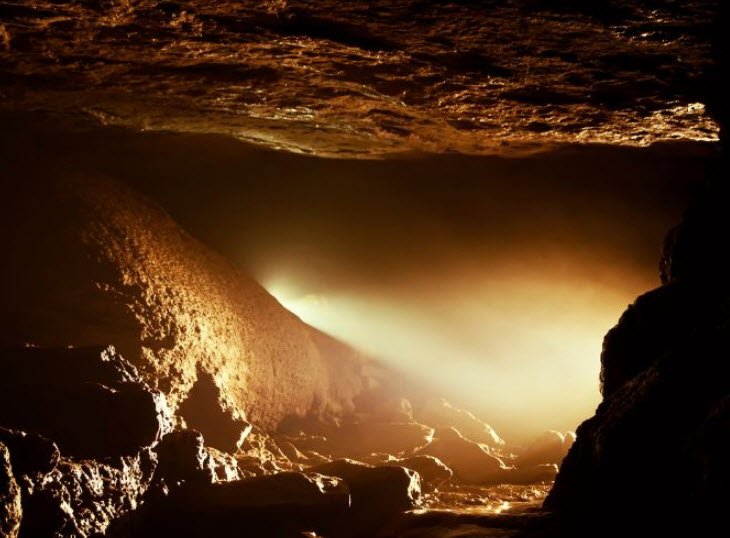
How to Visit
- Some caves are accessible via trekking routes.
- Local guides can help explore these lesser-known caves safely.
What to Expect
- Underground chambers and fascinating rock formations.
- A sense of mystery and adventure while exploring the caves.
- Lush greenery surrounding the caves, adding to the charm.
Conclusion
While India is not a country known for frequent volcanic activity, it does have some unique geological formations, including dormant volcanoes, craters, and lava caves. From the active Barren Island Volcano to the mysterious Borra Caves and the stunning Lonar Crater, each destination offers something unique for adventure seekers and nature lovers.
If you have a fascination for Earth's hidden secrets, these places should be on your travel bucket list. Happy exploring!


